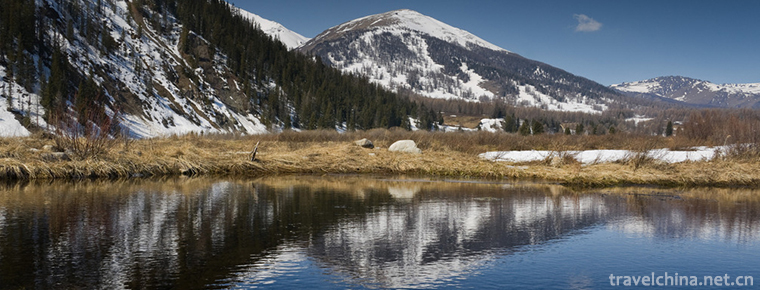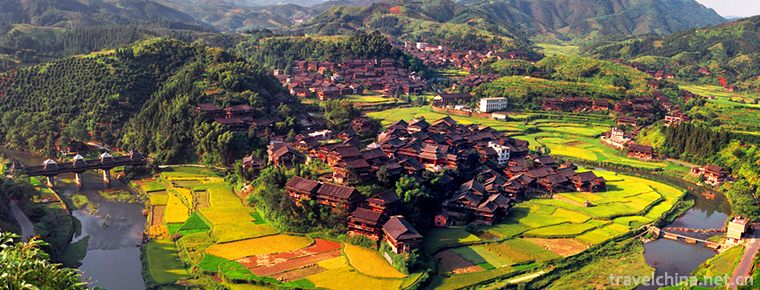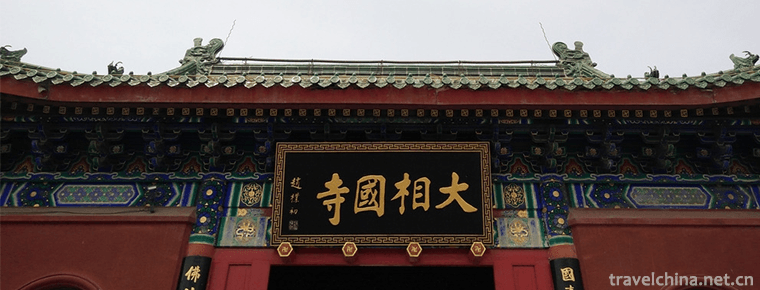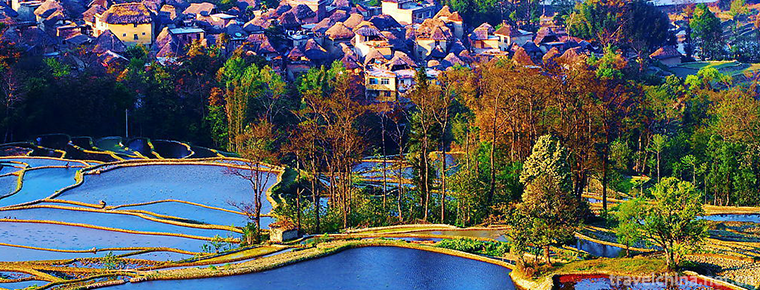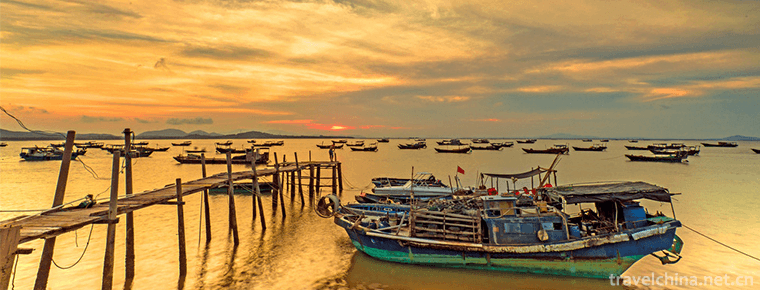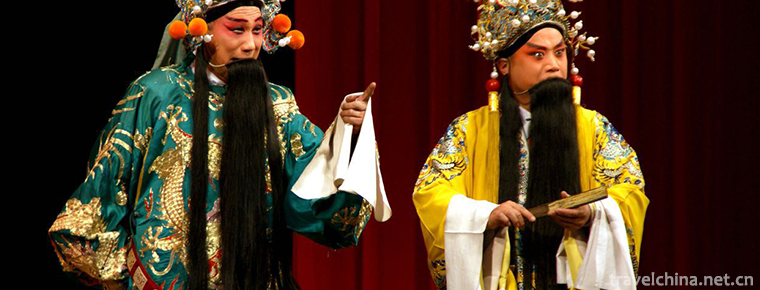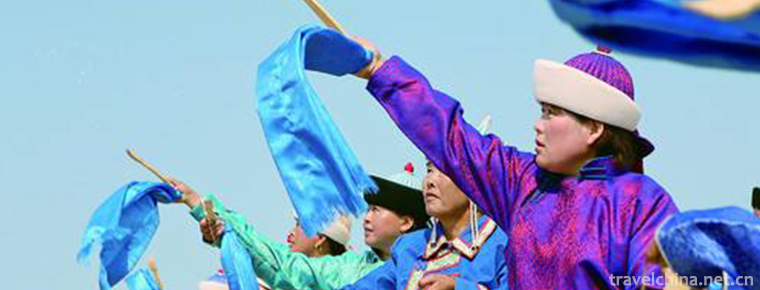Longtan Ecotourism Resort
Longtan Ecotourism Resort
Lianzhou Longtan Eco-tourism Resort is a tourism project invested and constructed by Lianzhou Aidi Tourism Development Co., Ltd. of Qingyuan City. Based on the original Huangchuan Three Gorges Scenic Area, it will carry out scientific planning and reasonable transformation in combination with the Jiupi Town Government's jurisdiction. It will be a characteristic eco-tourism resort with the theme of "harmony" culture. The total planned land area is 240,000 square meters and the construction area is 330,000 square meters. The planned investment is RMB 150 million. It will be constructed in three stages.
Internal facilities
The first phase of the plan covers 60,000 square meters and 14,000 square meters. It mainly includes parking lot, dining area, Yao bonfire performance area, holiday area, night tour of the Three Gorges of Huangchuan, star-rated hotels (providing 104 rooms) and other leisure activities. The second phase of the plan covers 56,000 square metres with a construction area of 0.9 million square metres, and the third phase covers 30,000 square metres with a construction area of 0.4 million square metres. Reserved land for development is 94,000 square meters.
geographical position
edit
Lianzhou Longtan Ecotourism Resort is located in the Lianjiang River section of the Longtan Village Committee of Jiubi Town, Lianzhou City. It has abundant tourism resources and various types. It not only has abundant natural resources, but also has a large number of human tourism resources. Among these tourism resources, the tourism value of Huangchuan Three Gorges is the most prominent.
Tourist guide
Longtan Ecotourism Resort will be built into the most distinctive brand of tourist attractions, with sightseeing as the main part, and has many functions such as leisure, vacation, entertainment, ecotourism, cultural dissemination, natural protection, etc. It will also set up night tour projects of the Three Gorges of Huangchuan and Yao people's bonfire evening party, even simple and extensive Lianzhou Museum, star hotels and other leisure activities for tourists. An ecotourism resort with more leisure and entertainment options. Become a well-known brand of ecotourism resort in northern Guangdong and even Guangdong, improve infrastructure and tourism facilities in an all-round way, create a civilized, fresh, excellent and comfortable tourism environment, and integrate ecology and tourism into people's lives. It makes Longtan Resort have the same elements as Yangshuo West Street, Lijiang Ancient City and Phoenix Ancient City, forming its own unique style.
After the completion of the project, Lianzhou Aidi Tourism Development Co., Ltd. has developed into a large-scale characteristic tourism enterprise with 5A scenic spot of underground river and four-star West Hotel. Through capital operation, it will acquire shell resources to be listed on A-share market and become a well-known brand enterprise in China.





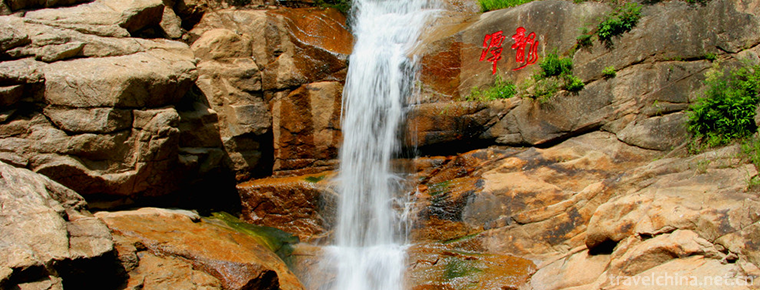
-
Altai mountains
The Altai mountains are located in the northern part of the Xinjiang Uygur Autonomous Region and the western part of Mongolia. Northwest extends to Russia.
Views: 130 Time 2018-11-01 -
Cheng Yang eight Zhai
Chengyang Bazhai is located in Sanjiang Dong Autonomous County, Liuzhou City, Guangxi, 19 kilometers away from Sanjiang County. There are eight natural villages in Chengyang Bazhai, commonly known as .
Views: 94 Time 2019-01-05 -
The daxiangguo Temple
Daxiangguo Temple, formerly known as Jianguo Temple, is located in the western section of Kaifeng Freedom Road. It is a famous Buddhist temple in China. It was founded in Tianbao, Northern Qi Dynasty.
Views: 205 Time 2019-01-07 -
Hani terrace Yuanyang terrace
Yuanyang Terrace, located in the south of Ailaoshan Mountain in Yuanyang County, Yunnan Province, is a masterpiece left by the Hani people from generation to generation. Yuanyang terrace is the core a.
Views: 117 Time 2019-01-13 -
Hailing Island Dajiao Bay Sea Silk Road Tourist Area Yangjiang City
Dajiaowan Scenic Area of Hailing Island in Yangjiang is located in Zhapo Town of Hailing Island, Yangjiang City, Guangdong Province..
Views: 103 Time 2019-01-13 -
Overhanging Great Wall
The hanging wall of the Great Wall is located on the northern slope of the Heishan Mountains on the north side of Shiguan Gorge, 8 kilometers north of Jiayuguan City.
Views: 150 Time 2019-02-26 -
North Road Bangzi
Bangzi, also known as Shanglu Opera, is a local traditional drama in Datong, Shuozhou, Xinzhou and parts of Inner Mongolia and Hebei in northern Shanxi Province. It is one of the national intangible c.
Views: 152 Time 2019-04-04 -
Bogda Ula Festival
The sacrifice of Bogdahura (Shenshan) is one of the earliest forms of Mongolian creative culture in China. It is the product of national culture, which is formed by historical accumulation and plurali.
Views: 90 Time 2019-04-04 -
Folk Stories of Ancient Fishing Goose
Ancient fishing geese folklore is a local folklore story based on fishery culture, which originated and spread in the Erjiegou area of Liaohe Estuary, Dawa County, Panjin City, Liaoning Province. .
Views: 237 Time 2019-05-01 -
Hui Folk Stories
Hui Folklore Stories is a book published by Ningxia People's Publishing House in 2009 by Li Shujiang and Wang Zhengwei..
Views: 356 Time 2019-05-04 -
Peking University
Founded in 1898, Peking University was first named as Beijing Normal University Hall. It was the first national comprehensive university in China and the highest educational administrative organ at th.
Views: 244 Time 2019-08-30 -
Ganzi Zanba
"Zanba" is the Tibetan transliteration of fried noodles. It is a staple food that Tibetan people must eat every day. If you are a guest of Tibetan compatriots' homes, the host will bring you fragrant milk tea and highland barley fried noodles, golden butter and milk yellow "Qula" (casein) and sugar stacked on the table..
Views: 84 Time 2020-12-06
